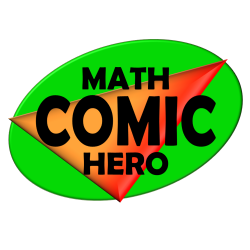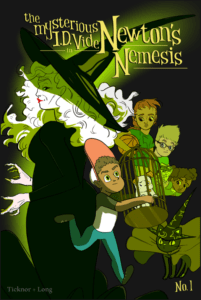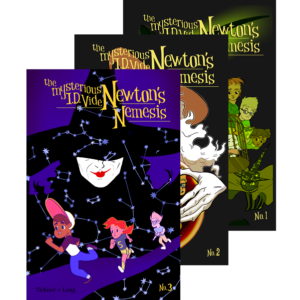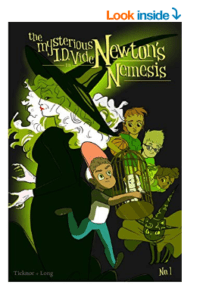Diversity, Comic Books & Math

Thanks to Google’s search image that reminded me that this is not just another day off, I was inspired to read about diversity and comic books to celebrate Dr. King’s birthday. So with a warm cup of tea in hand, I stumbled across the work of Edel Reilly, who creatively asked her students to make comic books during math class to teach diversity awareness and tackle challenging mathematical topics.
“By allowing students to use and create comic books in math class, the students can bring their own language and cultural experiences into the mathematics lesson, thereby using their personal backgrounds and experiences to aid in the development of mathematics understanding.”
Reilly, 2014, p. 65
Inspired by the diversity of X-men, she tasked eighth grade students in an advanced math class to create comic books that explored a mathematical topic but also celebrated the differences in the characters. Her wonderful article that I encourage you to read features excerpts of a few of the collaborative teams’ creations including The Subtractors, The Math Men, and The Adventures of Supercow and Frost.
“While the students were brainstorming their characters and stories,
Reilly, 2014, p. 65, 73
the student groups had lively discussions about different abilities and
how those differences can be useful when working to solve a problem,
be it mathematical or societal.”
Comic books, which are successfully used in ESL classrooms (Gomez, 2014), are helping teachers reach diverse learners by using visually rich imagery that is accessible to all readers. As Mary Widdicks recently reported, psychological researchers are developing a body of evidence that demonstrate how comic books with their complex panels and visual language can be powerful learning aids in all classrooms.

The visual images that Reilly’s eighth graders created illustrates the true power of diversity.
Diversity brings together creative minds that think differently, and I’m thankful for Dr. King’s dreams that have inspired us all to celebrate diversity today and every day.
- Reilly, E. M. (2014). Superheroes in Math Class: Using Comics to Teach Diversity Awareness. International Journal Work and Days, 32(1&2), 61-74.
- Gómez, M. V. G. (2014). Reading, speaking and writing through creative resources: Comics in second language teaching. Arab World English Journal, 5(4), 443-453.
- Widdicks, M. (2020). The visual language of comic books can improve brain function. Quartz (January 2, 2020). Retrieved from: https://qz.com/1777533/reading-comic-books-can-improve-brain-health/




